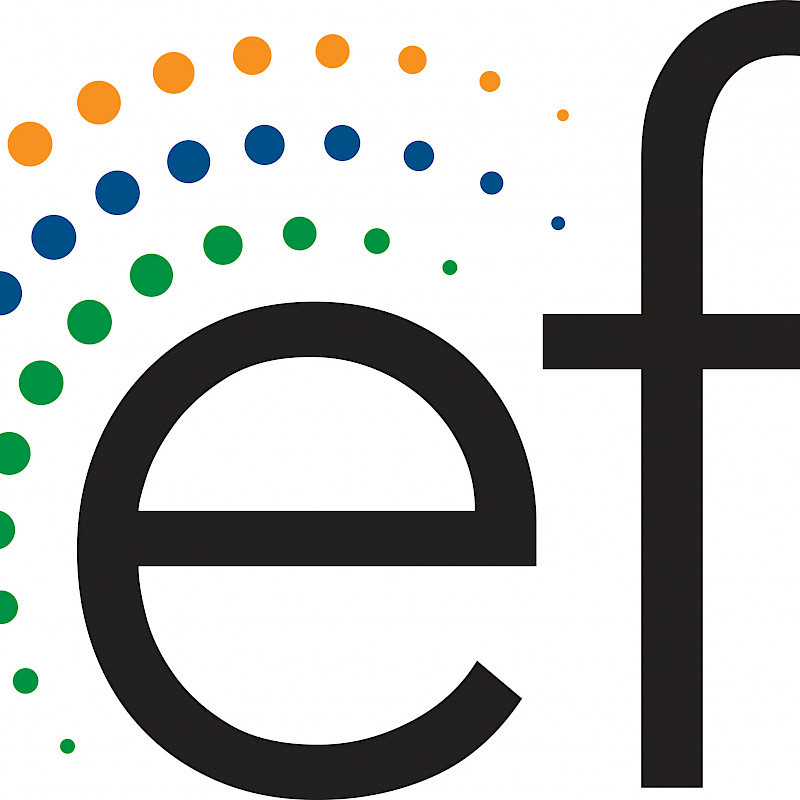Franklin Energy’s Product Division, AM Conservation, Agrees to Acquire Energy Federation, Inc.
Save During Daylights Savings 2021
 Energy Federation Incorporation
Energy Federation Incorporation

Daylights saving time is upon us once again, and as the clocks move back, we want to help you save money and conserve energy this season. Since we're gaining an hour of sleep on November 7th, you'll probably have to use more energy in the evenings to keep your home comfortable. So, here are some ways that you can save money and conserve energy this season.
Ways to Save
1. Lighting
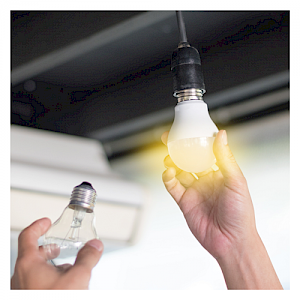
LEDs require only 13.3% of the energy it takes to power an incandescent bulb to create the same amount of light. That means that if you're still using incandescent bulbs, you're wasting 87.7% of all dollars spent on lighting. Now you might be wondering how LEDs use so little energy, and it comes down to how efficient LEDs are at creating lumens. On average, LEDs create between 37–120 lumens per watt, whereas incandescent only create 10. This means that LEDs are between 370-1,200% more efficient at creating lumens than the traditional bulb. Their lifespan is also 12.5-20x that of an incandescent light bulb. There is no reason to be still using incandescent.
2. Smart Thermostats
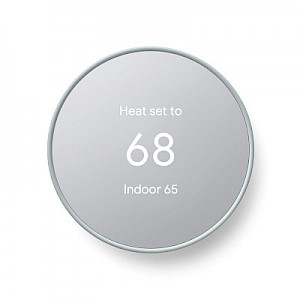
Heating and cooling are responsible for 48% of energy use in our homes, and if you aren’t using a smart thermostat, you’re leaving savings on the table. Traditional thermostats require manual adjustments, and programmable thermostats heat your home between specific programmed periods. Now, Smart thermostats are optimized to learn your heating and cooling patterns to program themselves for both maximum comfort and maximum efficiency. They also can save you up to 10% on your heating systems, and 15% on your cooling systems. Smart thermostats use motion sensors, Geo-Tracking, and monitor the temperature outside to maximize efficiency for your system. So, when you’re not home, and the system doesn’t need to be on, it’s not. A great thermostat that will get you right on track is the Google Nest.
3. Advanced Power Strips
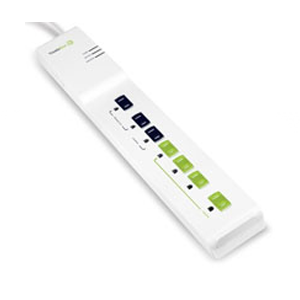
An article published by Business Insider states that each month, Americans waste 283 kWh of energy. Totaling about 3.4 MWh and $475 wasted each year (based on the U.S average of $0.1319 /kWh). Smart power strips are a step in the right direction of cutting down on wasted energy. Smart power strips give you the ability to only distribute power to the slots that are in use. This means that the slots that aren’t in use are going to be turned off, unlike traditional power strips that power every slot regardless of their use. With certain smart power strips, you also can link them together. For example, if you have a device system, like a television with speakers, you can set up your power strip to cut off the power to connected devices. So, for example, if you have a television connected with surround sound or other devices on the same power strip, once you turn off the television, all of the connected outlets on the power strip will no longer be pulling energy.
4. Turning Off Lights You're Not Using
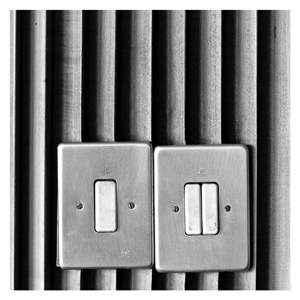
Turning off the lights in your house may seem like a basic way to save energy, but it works. This also relates to using LEDs. The longer you leave an inefficient light bulb on, the more you’re going to exponentially lose for its inefficiency. Whereas if you turn the lights off, you’re not paying for the wasted energy.
In the average American home, there are about 67 lights, and for every hour that your lights are in use, it costs about $.012. If we multiply that by the average amount of lights in an hour, that's about $.80/hour, $20 a day, and $7,043 per year. Although you’re not going to be using every single light in your house at all times, you can see how turning your lights off when you’re not using them can add up to significant savings over time.
5. Keep AC Units Unobstructed and Clean
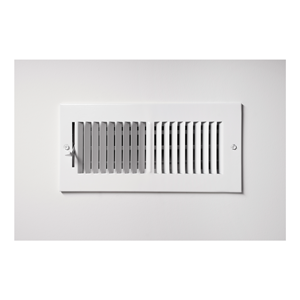
Heating and ventilation units are meant to be in open, and clear spaces where they have some room to breathe. When obstructed, the system isn't able to efficiently distribute air, leading to inconsistencies in temperature throughout the house. For example, a common obstruction we've seen is furniture in front of an indoor vent. When there's furniture in front of a vent, all of the hot and cool air is pumped directly into the piece of furniture that is likely acting as a heat sink for the vent it's blocking. In turn, making you turn up or down your system to combat these inefficiencies. Costing you more money. Here’s an article that talks more about how your heating and ventilation systems should be operated.
Another very important part of making sure your AC unit is running efficiently is keeping it clean. As you can imagine, the outdoor unit of your AC system intakes all sorts of dust, dirt, and debris throughout the year. This clogs the fins inside the unit and makes it harder for air intake. In turn, makes it less efficient. This is why it is important to take some time every year to clean your unit. You can either do it yourself by buying the supplies from your local home improvement retailer or hire a professional to do it. Either way, it is going to save you money throughout the summer if your AC unit is clean and able to operate with maximum efficiency.
Link: Common Air Duct Obstructions
The History of Daylights Saving

Daylight's savings time was first thought up by George Hudson in 1895. He proposed the idea to give people more sunlight in the summer. By moving the clocks forward by an hour, relative to our regular activities, the sun will seem to both rises and set later. Artificially making each day seem longer. Although you’re not making the day long, each day is perceivably longer.
Although Hudson proposed the idea in 1895, it wasn’t until 1916 when Germany was the first country to put the idea into practice. In 1916, Germany thought that by changing the clocks, its people would use less electricity for artificial light. It makes sense too if you think about it. If the country wakes up an hour earlier during certain months, they’re not going to need to light their houses as deep into the night.
Subscribe
Resources
Latest Updates
Customer Testimonials
Lets Talk!
Reach your customers & Exceed your goals
Contact EFI